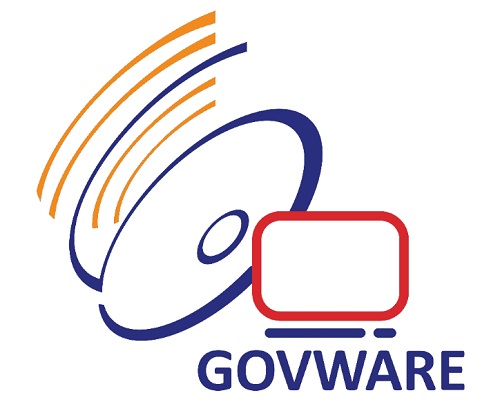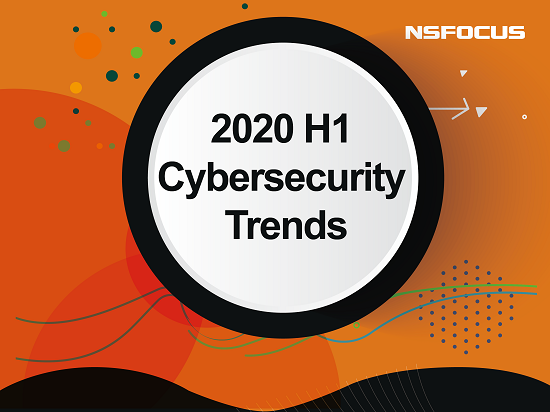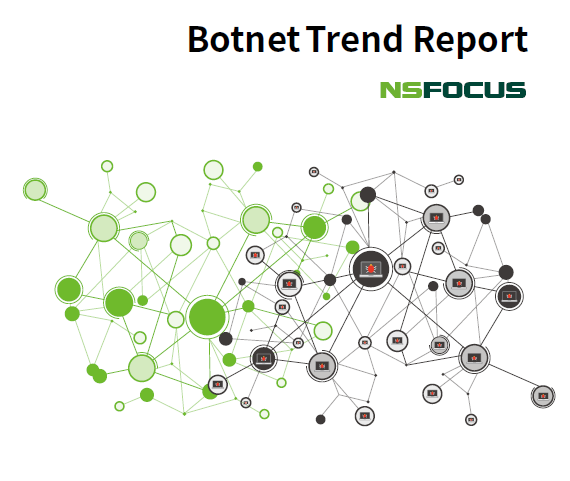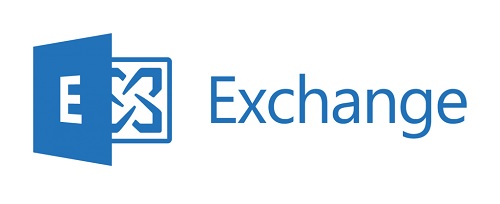IBM Spectrum Protect Plus Directory Traversal and Arbitrary Code Execution Vulnerabilities (CVE-2020-4711, CVE-2020-4703) Threat Alert
Vulnerability Description On September 15, 2020, NSFOCUS detected that IBM released a security bulletin, which fixed directory traversal and arbitrary code execution vulnerabilities (CVE-2020-4711, CVE-2020-4703) in IBM Spectrum Protect Plus Administrative Console. The directory traversal vulnerability (CVE-2020-4711) exists in a script (/opt/ECX/tools/scripts/restore_wrapper.sh) within Spectrum Protect Plus. An unauthenticated attacker could send a crafted HTTP request […]







